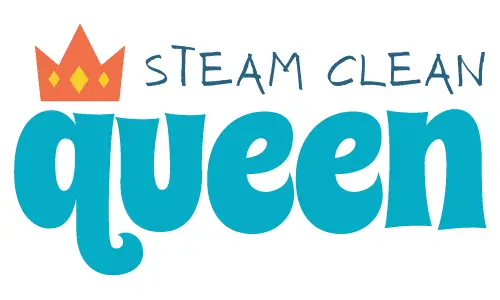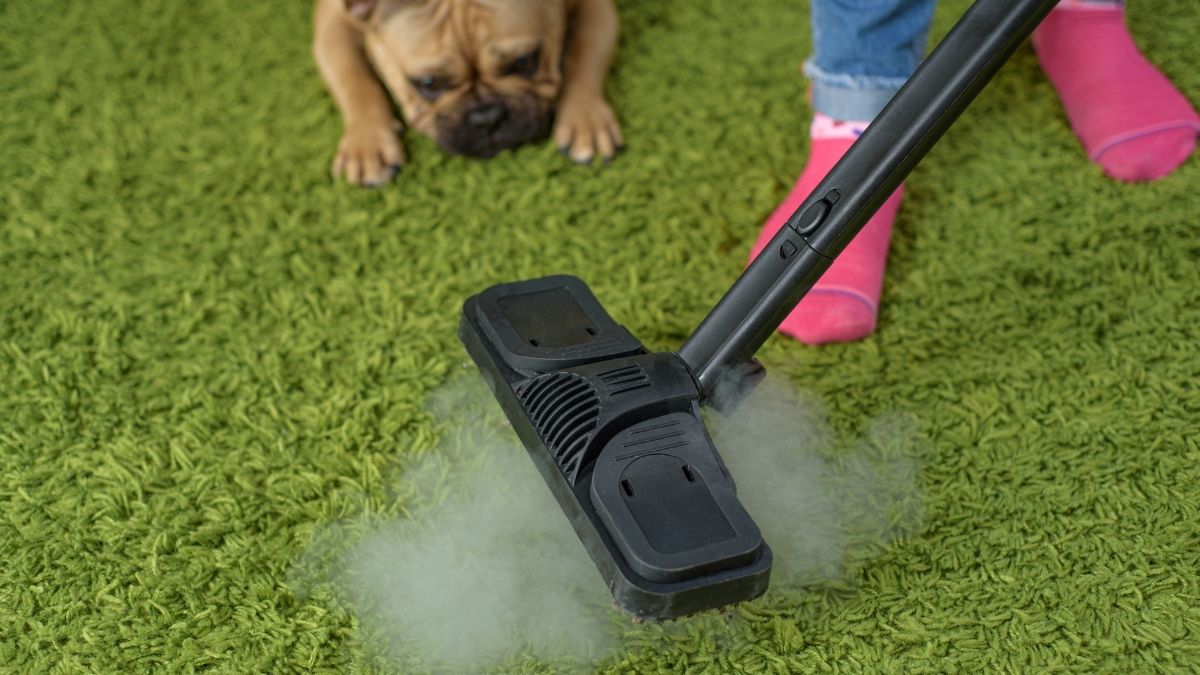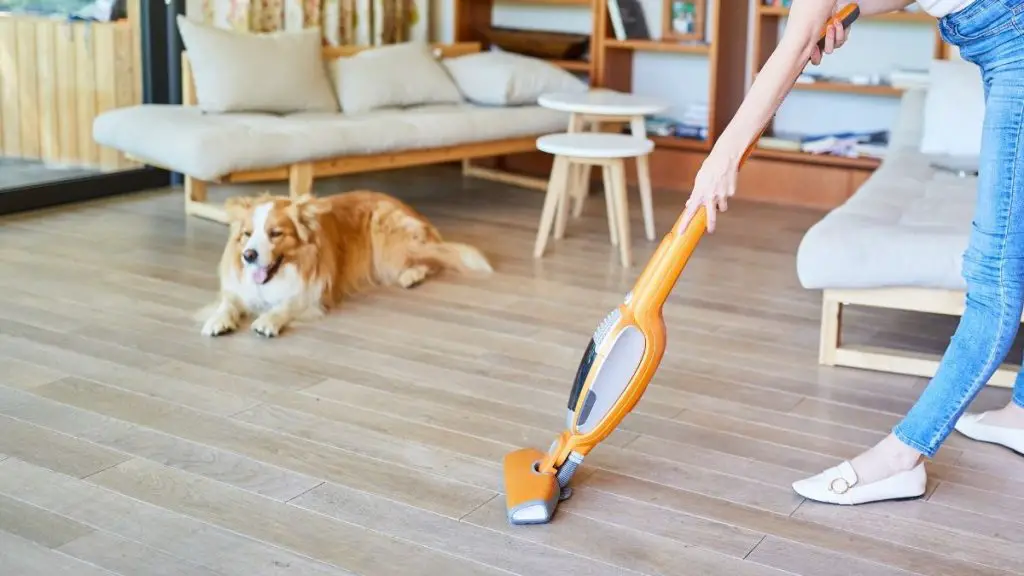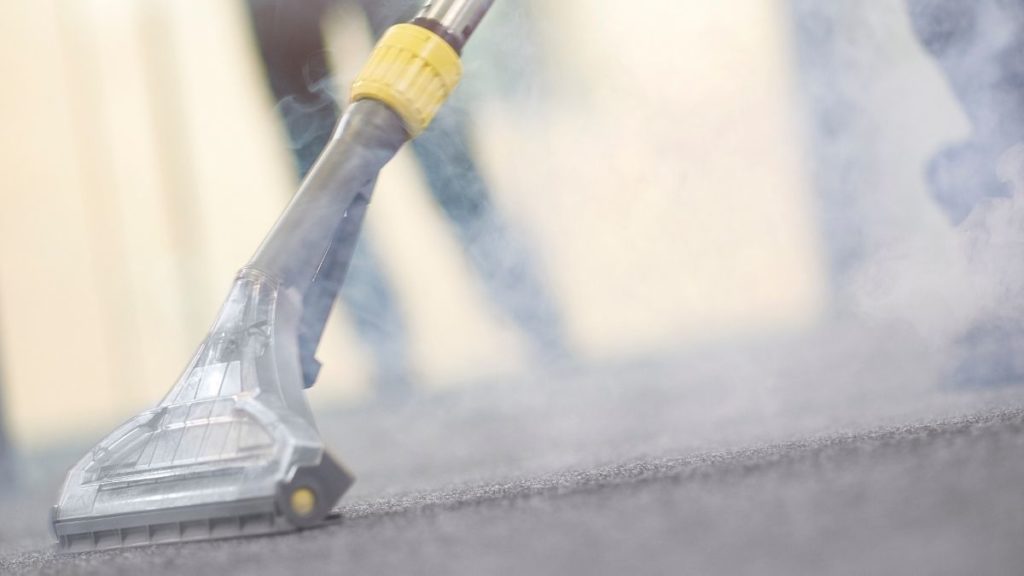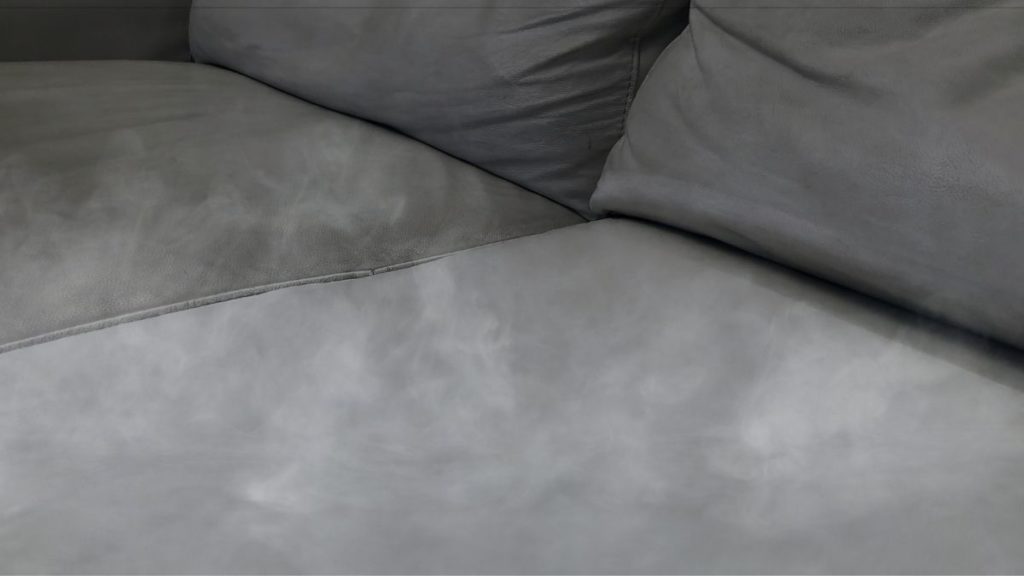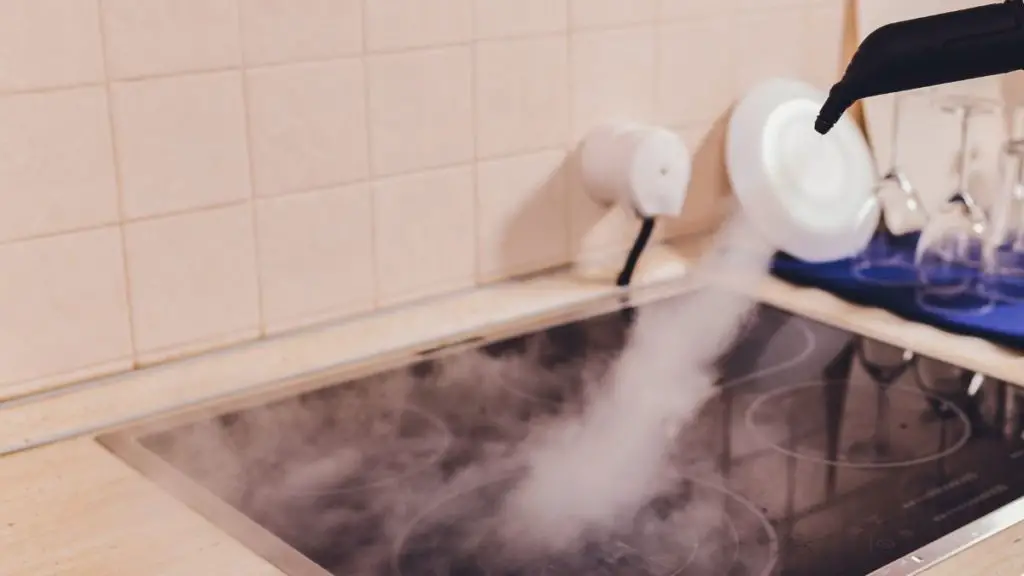Do Steam Mops Really Work — Practical Timesavers or Another Hassle?
*As an Amazon Associate we earn from qualifying purchases. The price to you remains the same.
Like most of you, I used to clean my laminate flooring with a bucket of water and a mop. Since the flooring gets dirty and has a couple of stains, I’d have to clean it TWICE. Sometimes even three times!
After cleaning it, I would wait for all that water to evaporate. Water leaves that stickiness on the floor, which feels like I’m walking on syrup. I got tired of walking on my tiptoes across the room and avoiding bringing in new dirt.
Since I had a blast with a steam cleaner, I recently decided to get myself a steam mop. The journey started with digging on the internet. Soon enough, I got overwhelmed by the variety of choices. So, my main filter was getting the best steam mop for my laminate flooring, without causing any damage.
But the question arises.
Table of Contents
How does a steam mop work and perform?
Going for these answers, I fell into a rabbit hole of articles about steam mops and how they work. Some say I’ll need to buy NEW laminate flooring after cleaning it with a steam mop. Others say it’s harmless. And some say cleaning pads are a hoax.
But, I was willing to take risks. Having a better solution than a regular bucket and mop was worth it.
After buying a well recommended Bissell’s steam mop (see video below) and giving it a run, my impression was:
Yes! The steam mop works and cleans floor surfaces without any hassle or harm.
I get why some people are sceptical about steam mops, but it makes house cleaning look like child’s play. It was effective, practical, and easy to use. And I forgot about the floor stains ever being there!
But, how does a steam mop work?
Because the steam mop only uses pure water steam to clean a surface, I didn’t have to put ANY effort into it. I waltzed around the house like Snow White, mopping it up within half an hour! And PowerFresh has three levels of steam which are practical for different floorings. Specifically for laminate ones.
Pros and Cons of a Steam Mop
Every product has its pros and cons, even steam mops.
PROS
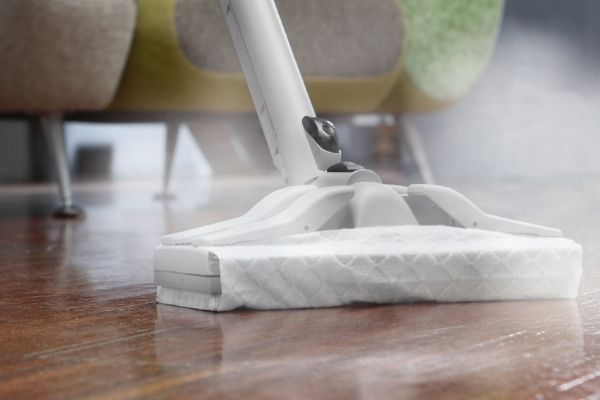
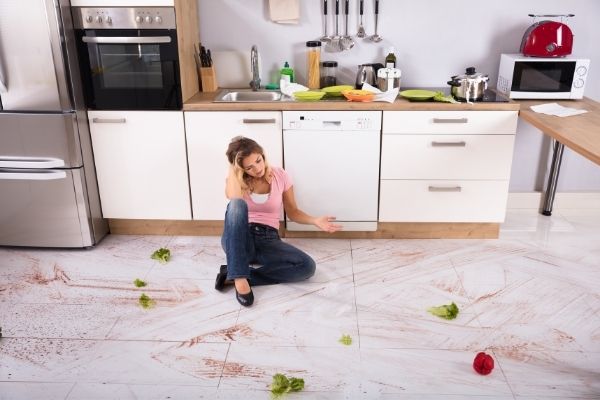
CONS

These Things are a NO-NO with Steam Mops
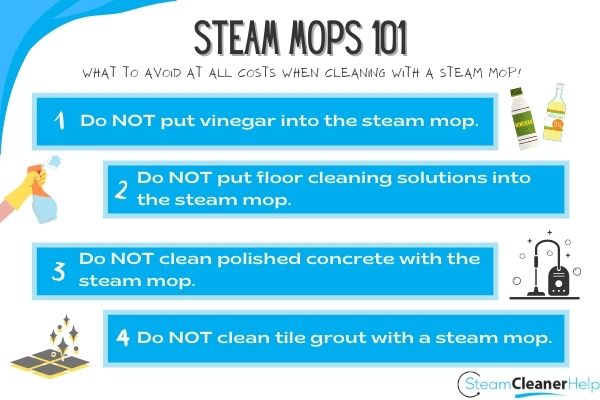
Here’s what to avoid at ALL costs when cleaning with a steam mop:
1. Do NOT put vinegar into the steam mop. If you think vinegar would clean surfaces even better when put into the steam mop, then you’re DEAD wrong. Commercial vinegar is 5% acetic acid and 95% water. It evaporates at a temperature little above water.
Evaporated vinegar could cause serious irritation to your lungs and progressive coughing. It could also turn into chemical pneumonia.
You want to kill bacteria on the floor, not yourself!
2. Do NOT put floor cleaning solutions into the steam mop. Just having tap or distilled water is sufficient enough to have your surfaces spotless.
Putting additional floor cleaning solutions into the mix is just a BAD idea. You could potentially harm the nozzles or steam systems inside the steam mop. When evaporating those cleaning solutions could damage your floor and possibly hurt your health.
3. Do NOT clean polished concrete with the steam mop. Polished concrete is a great flooring solution. To get to that polished look a lot of effort and mechanical processes have been put into it.
Since concrete is a porous material, treating it with water steam would only DAMAGE your concrete floor. Water vapor will get trapped inside the concrete pores. Over the long run, it will create small cracks which turn into bigger problems.
Properly maintaining your polished concrete is straightforward and simple.

4. Do NOT clean tile grout with a steam mop. The steam mop is made for floor surfaces. It doesn’t come with all advanced extensions for cleaning the grout.
However, you could if you bought an expensive version of a steam cleaner that has a brush extension. But be careful when cleaning the grout.
How you clean the grout with a steam cleaner and HOW OFTEN you do it is also important.
Regularly cleaning the grout would only deteriorate it faster. Moisture will be trapped and eventually dissolve the sealant in the grout.
Frequently Asked Questions on Do Steam Mops Really Work
Can I use tap water instead of distilled water in my steam mop?
Yes, you can. But tap water, even treated with high standards, has minerals and other elements in it. When water evaporates, those minerals would add up and create boiler scales. That could be a potential hazard for steam nozzles.
Using distilled water every second or third time would prevent this issue from happening.
Can I put different fragrances into a steam mop?
Surprisingly, you can. Bissell and many other steam mop manufacturers have their brand of scented distilled water. But that should not stop you from improvising.
On 1 liter of distilled water add a couple of drops of your favorite room fragrant. They don’t have any oils or ingredients that would damage steam mop’s systems. A great trick to lift your spirit after cleaning.
How to maintain a steam mop?
The steam mop is a piece of tech that doesn’t need that much maintenance. The only small problem is having steam nozzles clogged with boiler scales over time.
When you notice the steam mop slowly starts to emit steam, that’s a hint the nozzles have been clogged. After removing the plastic headcover and cleaning the nozzles with a small pin needle, the problem would be solved.
Test again your steam mop and check how the steam gets dispersed.
How often should I steam mop?
It all depends on the need and how often your floors get dirty.
I usually steam clean my floors EVERY Saturday. It’s because I have three kids and two dogs going in and out of the house.

Frequent use won’t damage your steam mop (unless the video above happens to you daily), but it’s nice to have multiple micro-fiber cleaning pads. If your cleaning pad get’s dirty before you’ve finished cleaning the whole house, there is a new one already available.
What is the difference between a steam mop and a steam cleaner?
The steam mop is just one piece of steam cleaning tech that comes with cleaning pads for floors. Picture it as an advanced mop with a steam cleaning feature.
The steam cleaner is a steam cleaning tech that has several extensions, one of which is a steam mop. Those extensions could be for cleaning carpets, floors, windows, clothes, mattresses, engines, and so on.
One device that could serve different purposes and needs. It uses the same steam cleaning process but comes at a higher price than a regular steam mop.
